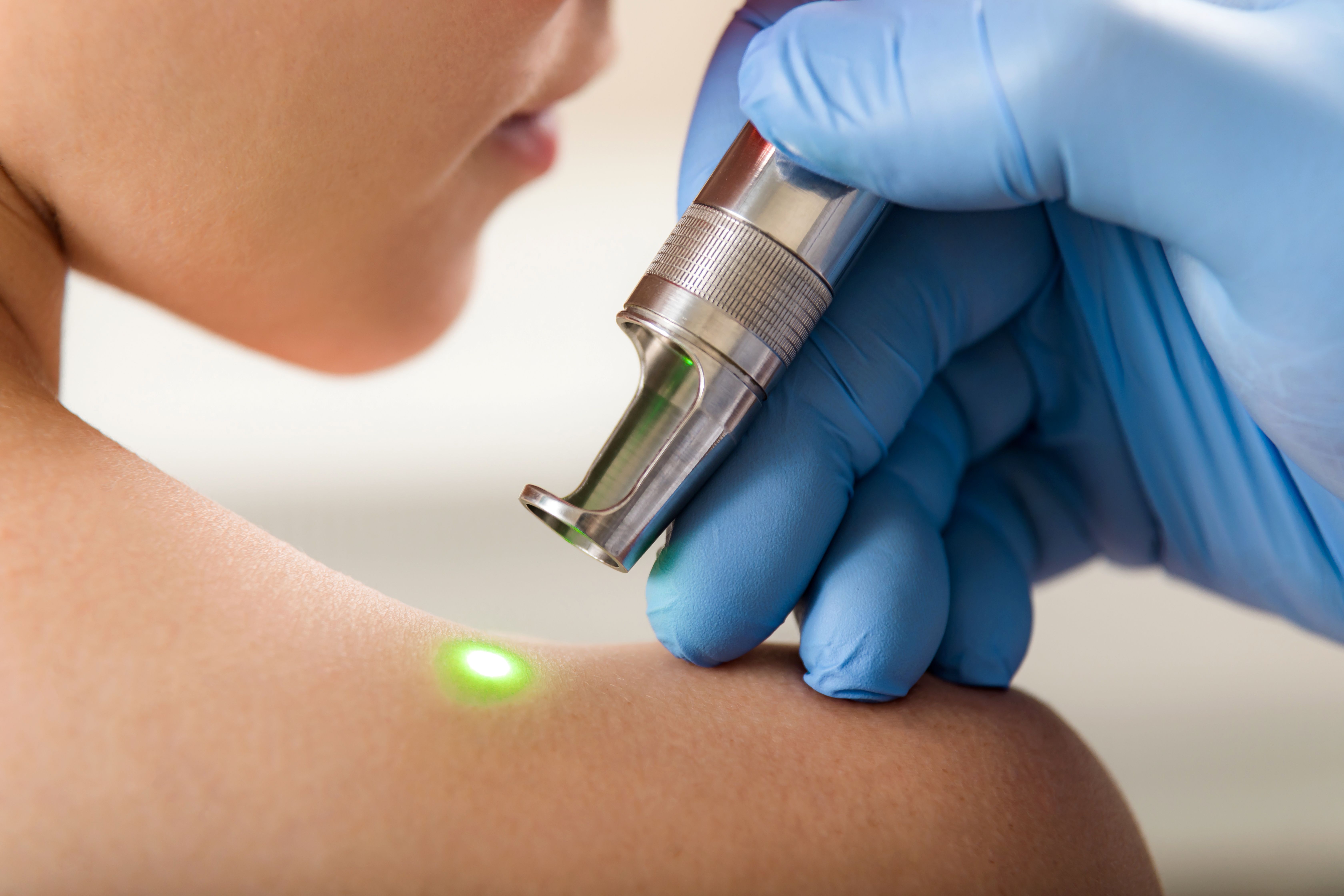- Case-Based Roundtable
- General Dermatology
- Eczema
- Chronic Hand Eczema
- Alopecia
- Aesthetics
- Vitiligo
- COVID-19
- Actinic Keratosis
- Precision Medicine and Biologics
- Rare Disease
- Wound Care
- Rosacea
- Psoriasis
- Psoriatic Arthritis
- Atopic Dermatitis
- Melasma
- NP and PA
- Skin Cancer
- Hidradenitis Suppurativa
- Drug Watch
- Pigmentary Disorders
- Acne
- Pediatric Dermatology
- Practice Management
- Prurigo Nodularis
- Buy-and-Bill
News
Article
Neck Cream With Retinol, Tripeptide, and Glaucine Increased Collagen
Author(s):
All participants saw an improvement in skin appearance and texture after treatment.
Cosmetic and histologic changes on photoaged skin were evaluated after using immunostains for Type I collagen, Type II collagen, and glycosaminoglycan (GAGS). Investigators found that the combined retinol, tripeptide, and glaucine containing cream was effective in improving signs of photoaging on the face and neck.1
Pixel-Shot/AdobeStock

The 20 study participants were 18 years and older and underwent biopsy at baseline and after 3 months of treatment. The average age of participants was 60 years and 90% were female. Patients stopped using other cosmetic products and tanning for the duration of the study.
The study cream, which consisted of 0.2% pure retinol, 2.5% tripeptide concentrate, and 5.0% glaucine complex (Tripeptide-R Neck Repair, Skinceuticals), was used for 90 days by participants in the open-label, blinded clinical trial. The cream was formulated with a hydrating retinol that was encapsulated with timed release and glaucine specifically formulated for thinner neck skin.
Improvements in photoaged skin were assessed with the Griffiths' Photonumeric Photoaging scale, clinical photography, and subject questionnaires about overall skin texture and quality. Histologic changes in Type I collagen, Type III collagen, and GAGS were evaluated at baseline and post treatment using Type I and Type III immunostains and Alcian blue pH 2.5 special stains, respectively.
A 3 mm punch biopsy was taken from the right infra-auricular area at baseline and again at the 3-month follow-up visit. Participants also had clinical multiple angle standardized photographs taken at baseline, and at 1-month and 3-month follow-up visits.
At the 1-month visit, an improvement averaging 12% was shown on the Griffiths’ Photonumeric Aging Scale and by the 3-month visit improvement had further increased. The biopsies also showed an increase in Type I and Type III collagen and GAGS immunostaining from baseline to the 3-month biopsy.
Participants also reported an improvement in overall skin appearance and texture with a decrease in wrinkling at follow-up visits. No adverse events were reported. Although few skin of color patients were included in the study, the results supported that products containing retinol, tripeptide, and glaucine can result in clinically identifiable improvements in photoaging on the face and neck.
Reference
- Rao S, Goldberg D. Clinical and histologic findings after use of a novel combined retinol, tripeptide, and glaucine containing cream in the treatment of photo-aged skin. J Cosmet Dermatol. 2023;00: 1-4. doi:10.1111/jocd.15945
Newsletter
Like what you’re reading? Subscribe to Dermatology Times for weekly updates on therapies, innovations, and real-world practice tips.





